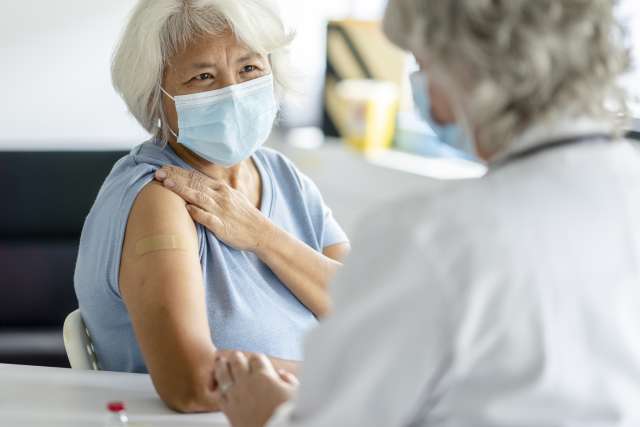Dear Doctor: Supposedly it’s bad to get a sunburn -- but honestly, it just happens sometimes. What is the best thing to do to treat it? Our grandmother always gets ice and rubs it on the burn, but that doesn’t seem to make it go away.
Dear Reader: It’s true that if you let your guard down when you spend time outdoors, it’s all too easy to accidentally get a sunburn. We tend to associate sunburn with the warmer and sunnier days of summer; however, it can happen at any time of year, even on what seems like a cloudy day. Any time the sun is out, it’s affecting your skin.
It’s important to understand that sunburn is actually a skin injury. It occurs when melanin, a natural pigment that protects against the ultraviolet light in the sun’s rays, becomes overwhelmed due to overexposure. The resulting damage to the skin leads to inflammation as the body’s healing mechanisms race to the rescue.
Your grandmother’s use of ice cubes may feel soothing, but they won’t cure a sunburn. Unfortunately, nothing will: Once you’re burned, the damage is done. All you can do is take steps to ease the immediate discomfort, and prevent further and subsequent burning in the future.
The sun’s rays are strongest between 10 a.m. and 2 p.m., but the hours before and after also require vigilance from the two types of ultraviolet radiation associated with skin cancers, known as UVB and UVA. Sunlight can harm skin even through a window: UVB rays don’t pass through glass, so you won’t burn, but UVA rays can still reach you and can damage the deeper layers of your skin.
When you realize you’ve gotten a sunburn, it’s important get out of the sun immediately. If possible, head indoors. Sunburned skin is hot to the touch, so a cool (but not cold) bath or shower can bring relief. Be sure to treat sunburned areas gently. Instead of rubbing the skin, blot and pat it with a soft towel. Apply lotion while skin is still damp, which will help create a physical barrier to preserve moisture.

Consider using aloe vera. It contains aloin, a compound that relieves inflammation. Aloe is available as a gel, and is included in many types of moisturizers and lotions. Over-the-counter cortisol creams can also ease pain and discomfort. Nonsteroidal anti-inflammatory drugs (NSAIDs) like ibuprofen and aspirin can help with pain and inflammation.
If your skin blisters, that indicates a second-degree burn. Do not interfere with them. Let blisters subside and heal naturally. Popping blisters or removing peeling skin can lead to infection. Be sure to moisturize often, as the sunburn has damaged the skin and left it dry and fragile, and drink plenty of water. Your body is sending extra fluids to the sunburned areas, and you’ll help the healing process by staying hydrated.
Sun damage is cumulative, which means the risks you take last a lifetime. So please, wear sunscreen and cover up with long sleeves, sunglasses and head gear. Don’t forget about the tops of your ears, the back of your neck and the tops of your feet. Keep an eye on the UV index in your area, and dress and behave accordingly.
(Send your questions to [email protected], or write: Ask the Doctors, c/o UCLA Health Sciences Media Relations, 10880 Wilshire Blvd., Suite 1450, Los Angeles, CA, 90024. Owing to the volume of mail, personal replies cannot be provided.)





